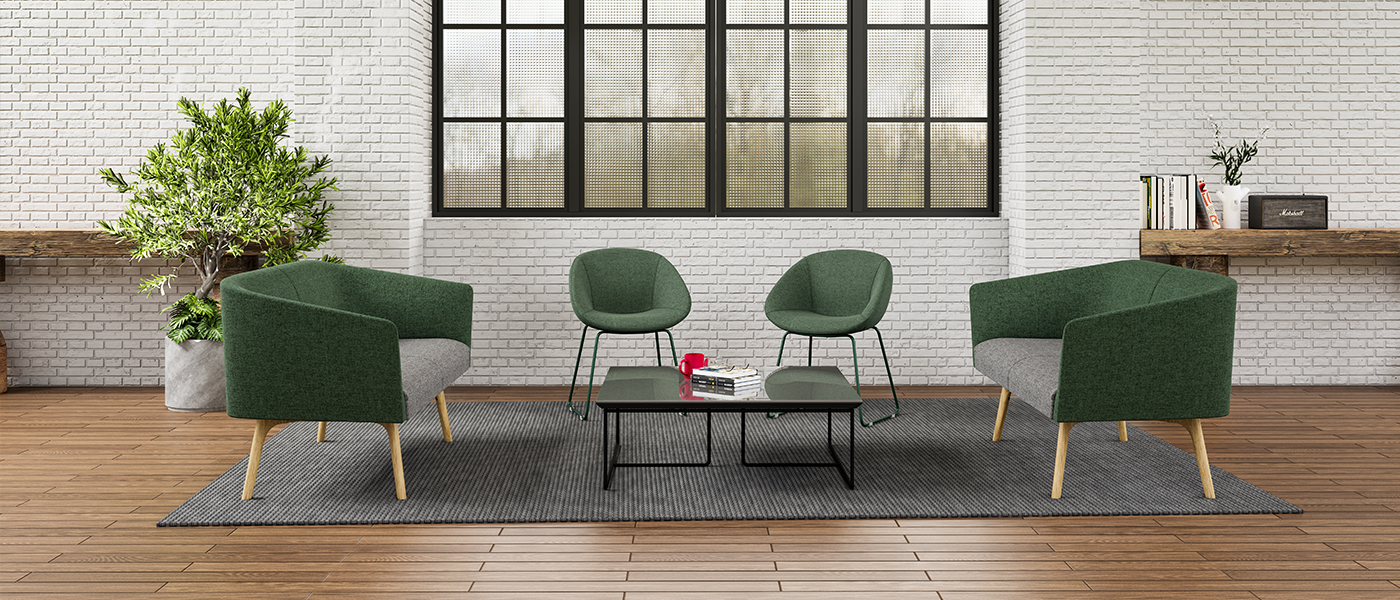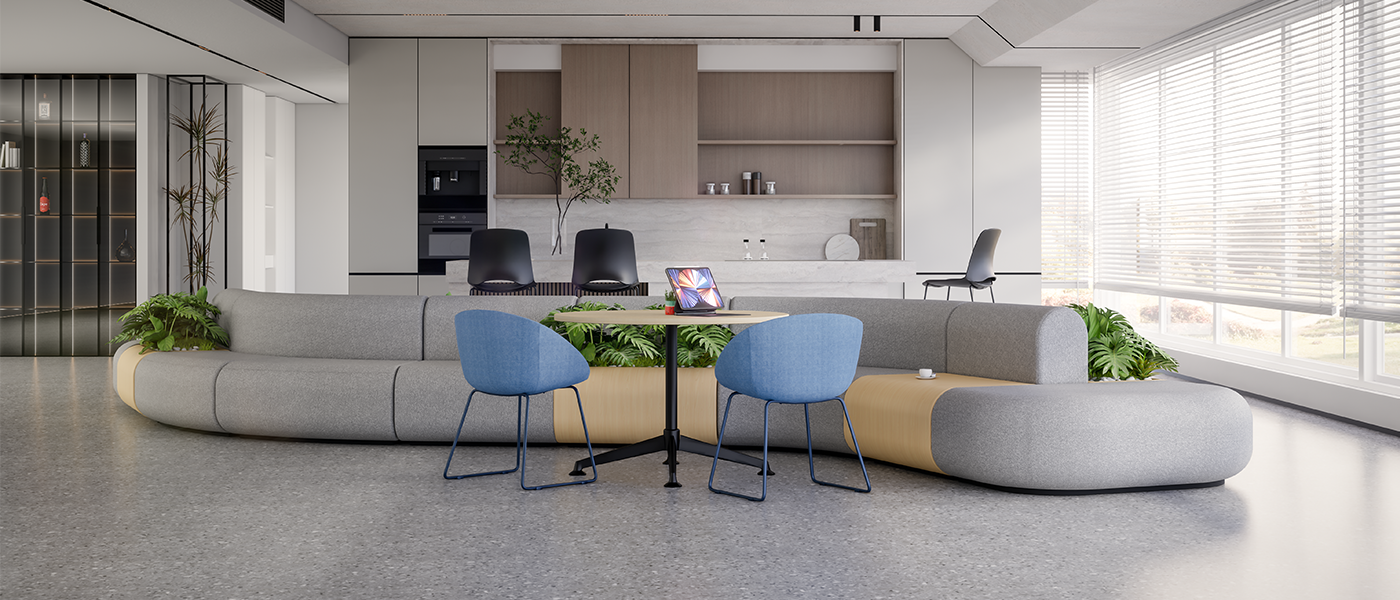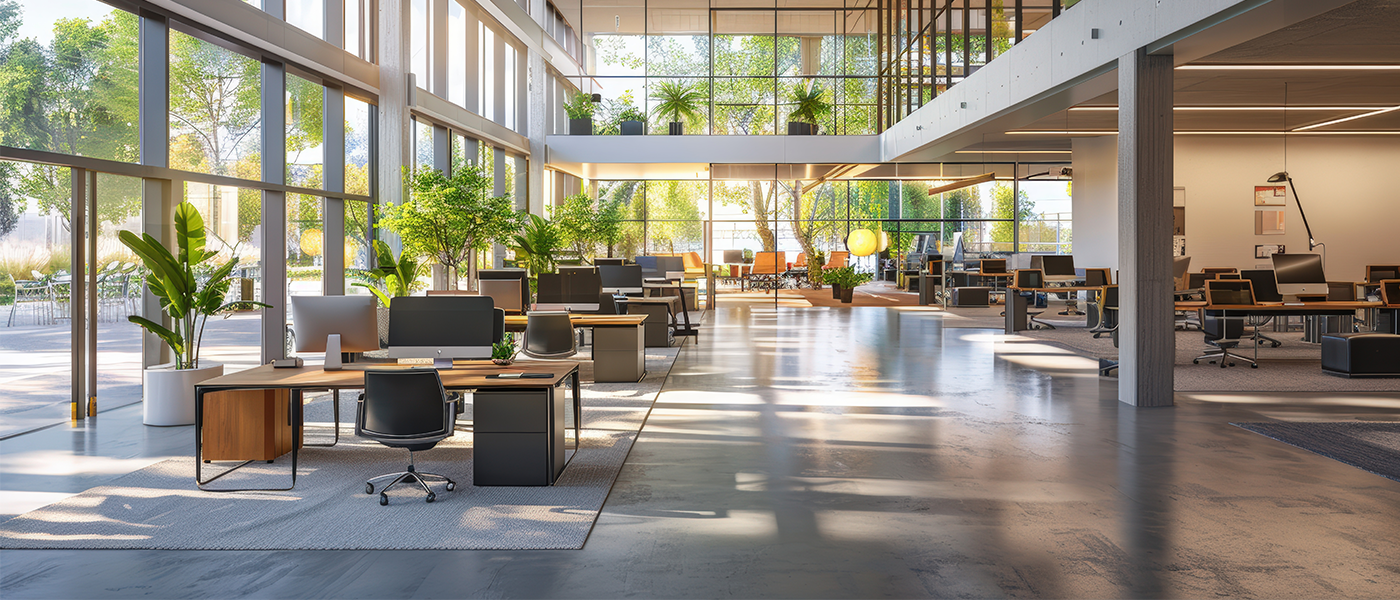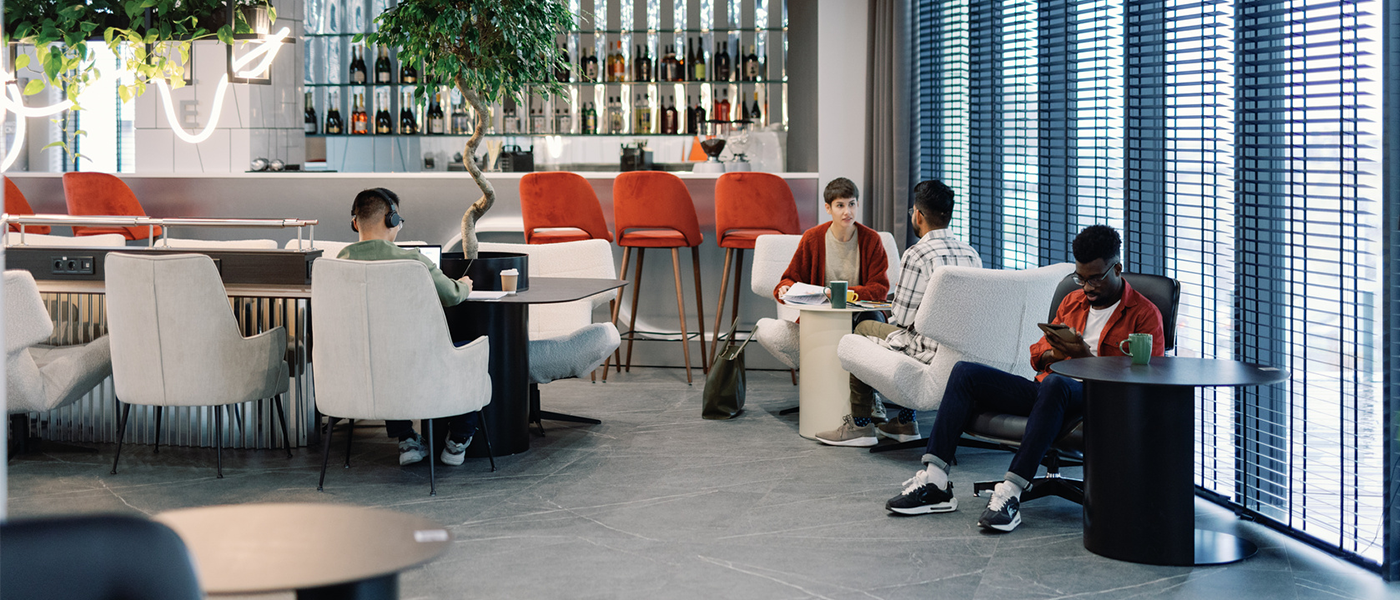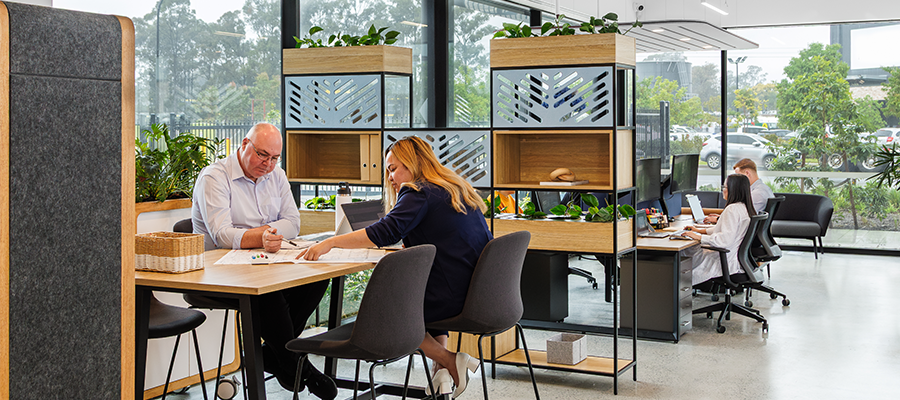Ideas & Tips to Boost Productivity in the Workspace
written by OLG
Productivity in the workplace isn’t just about working harder, it’s about designing the environment, routines, and culture in ways that support focus, creativity, health, and efficiency. In Australia, recent studies show that designing work and workplaces in smarter, more human-centred ways are elements to enhancing productivity.
The Victorian guide “The Case for Good Design: Workplace” shows that layout, lighting, air quality, furniture ergonomics, circulation pathways, and facilities for breaks are not just “nice to have”, they materially affect how well people can concentrate, collaborate, and sustain performance.
Understanding and balancing individual and organisational requirements are factors not to be overlooked. Designing workspace layouts and policies to reduce interruptions (noise, layout issues), providing quiet zones or private areas, in addition to including break-spaces and good physical separation between collaboration and focus zones, all helps. (Victoria design guide).
The continuing allowance to work-from-home flexibility is highly valued in Australia. A study conducted by the University of Melbourne & Western Sydney University found that remote or hybrid work reduces commute-related waste, reduces distractions, improves satisfaction, and often improves performance, when supported with good policies.
Hybrid models seem to offer a “best of both worlds”, collaboration in person when needed, quiet and focus elsewhere. But successful hybrid work depends on clarity, trust, good communication and a supporting infrastructure, along with the inclusion and recognition of the need for team building activities and opportunities.
Considerations for a successful pre & post implementation are not limited to but go along way to enabling preferable outcomes.
Engage employees: Ask staff what environments, schedules, tools help them work best. A daily huddle or stand up, or tailor solutions where possible, as one size doesn’t fit all.
Pilot small changes: Try modifying certain parts of the workspace (e.g. layout change, flexible hours, work from home) and track outcomes on satisfaction, performance, well-being.
Personal variation: what works well for one person may not for another. Test different layouts, light levels, routines, and find what feels best for you or for your team.
Materials & textures matter: wood, fabric, curtains, soft upholstery etc. reduce the harshness of commercial surfaces.
Cost vs benefit: many changes are low cost (decluttering, setting “focus hours”, rearranging furniture), so start with small steps. Bigger investments (renovations, soundproofing with acoustics) need cost-benefit thinking and working with a partner that provides expertise that spans aesthetics and functionality.
Measure & iterate: Use metrics like absenteeism, turnover, employee feedback, error rates, perceived productivity, etc., to see what’s working and refine.
Leadership commitment: Senior leaders need to model and support changes (flexibility, psychological safety, giving autonomy, etc.).
Conclusion
Boosting workspace productivity is less about pushing harder, more about creating conditions that let people work smarter. Optimising lighting, layout, ergonomics, and reducing distractions whilst enabling flexible and well-designed routines that support well-being are integral elements. With thoughtful adjustments, many of them small, it’s possible to see meaningful improvements in performance, engagement, and satisfaction.
Click to download a printable PDF.
